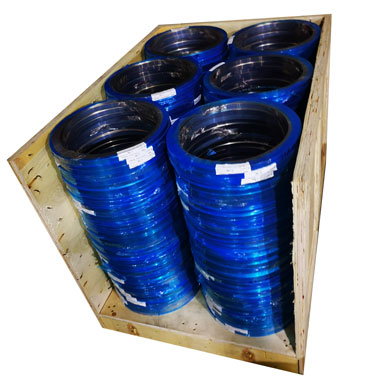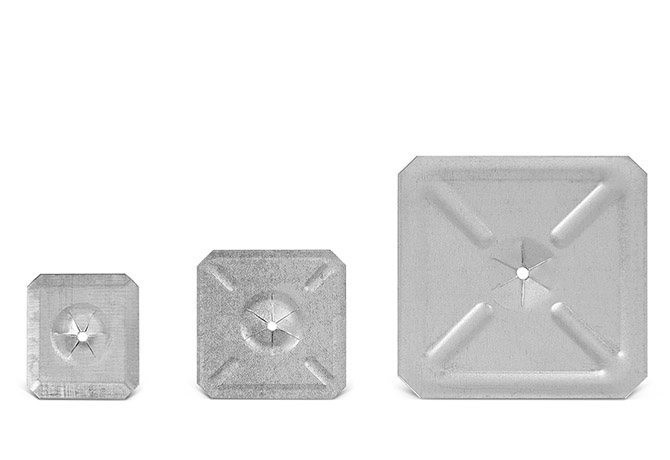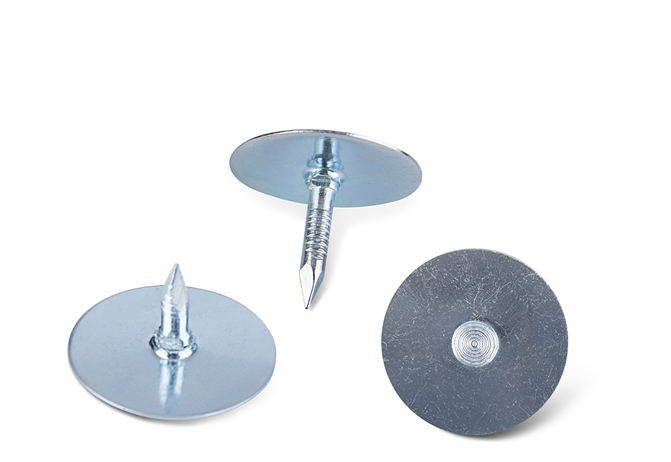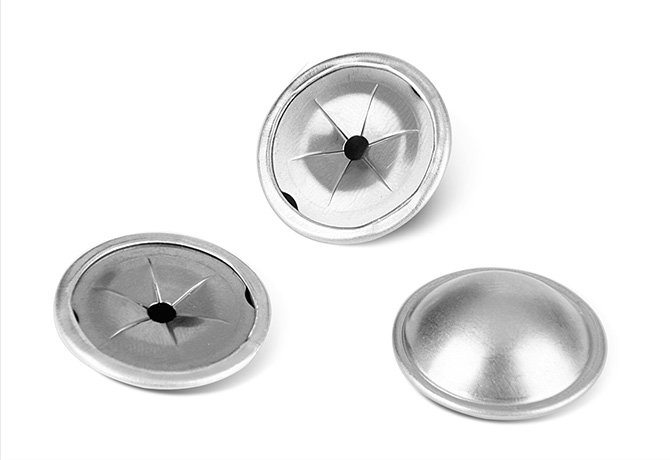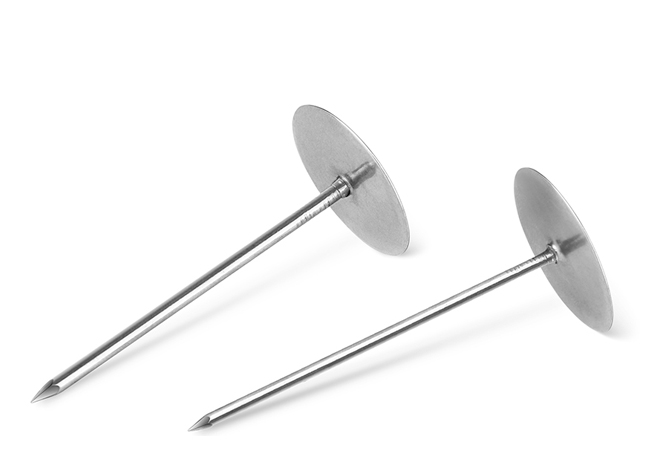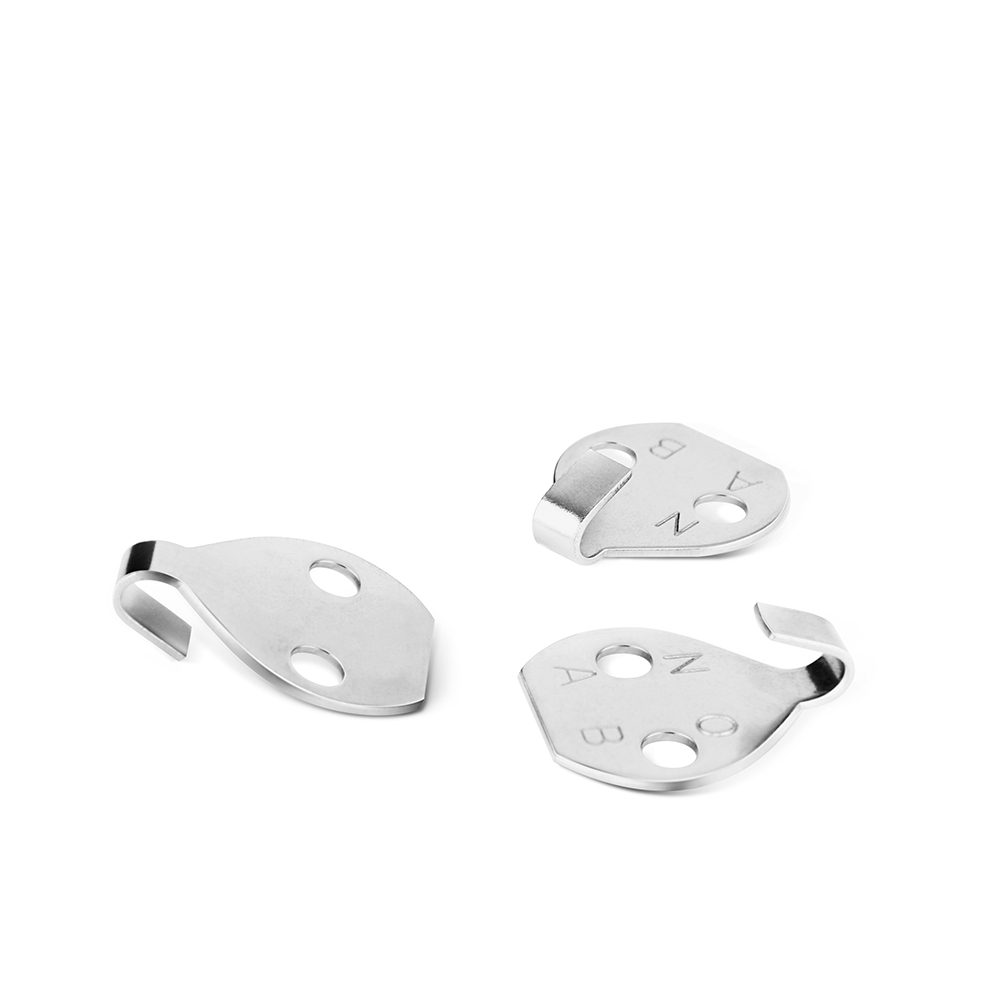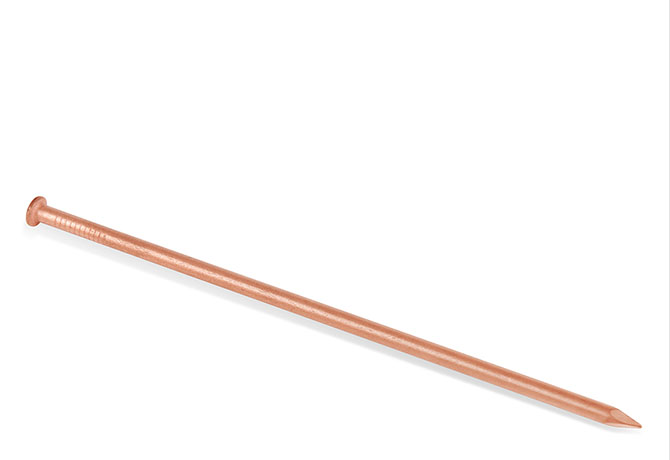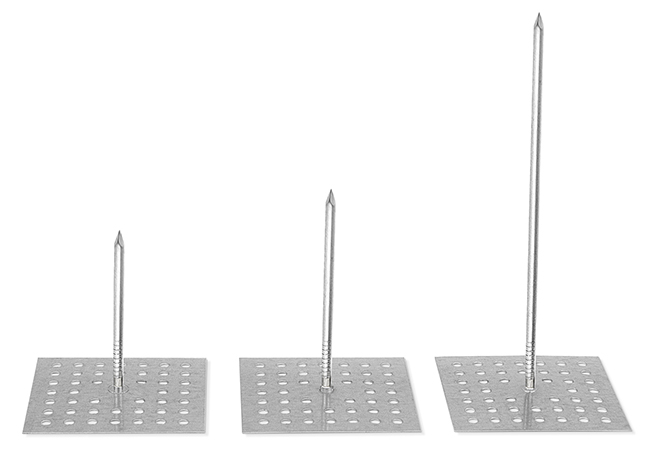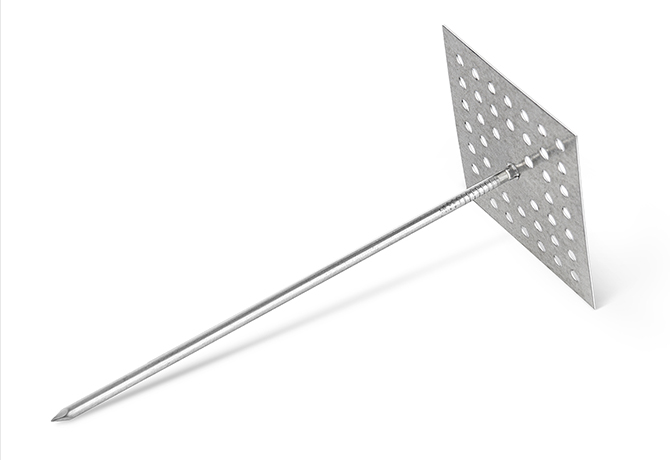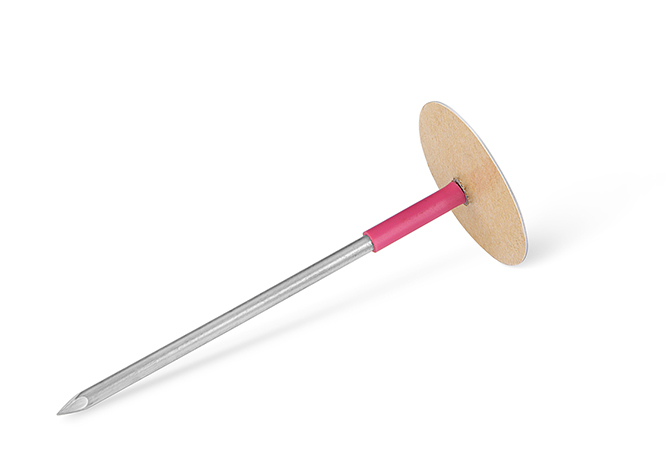Address: 626 Zhongxinbao, 101 Industrial Road, Pinghu Town, Shenzhen, China
Contact: Lily
Mobile phone: 13530581917
E-mail:lily@mps-insulationpins.com
Midwest Fasteners
What makes a good stud weld? For a quality welded stud, you always need the proper amount of heat and time (or pressure). With too much or too little of either, you’re simply not going to be able to deliver a quality and consistent bond. Whether you’re talking about CD stud welding, arc stud welding, or any type of stud welded fastening, these are two of the most important requirements to consider.
Now fortunately, “heat” for stud welding is a somewhat easy factor to measure and control. Fluctuations can be accounted for, and various tools can quantify heat and let operators know if conditions are becoming critical. The problem is: measuring pressure can be a bit more complicated. It differs from heat in that applying pressure in the welding process is a mechanical function.
Why does this make such a difference? Like with any other mechanical function, there are certain variables to consider. Factors like rust, surface contamination, or friction in parts in use could all have an outside effect on the actual pressure delivered to the stud welding cycle. In addition to this, unlike the heat factor, there are no instruments to tell an operator if the right amount of pressure is being applied in the normal course of stud welding operations. Of course a brand new, factory-supplied gun should be operating at optimal performance; but, after that initial break-in period, a preventative maintenance program should be considered mandatory—as it should for any mechanical device involved in repeated use. For instance, since it is a documented that something in the neighborhood of seventy-to-eighty percent of bad stud weld result is caused by poorly maintained guns, it is suggested that weld guns be disassembled and cleaned at least once per month—depending upon the environment and use conditions for each user.
By following this type and other simple guidelines, you can ensure that the appropriate amount of pressure is being used every time—that timing for your stud welding operation is under proper control—and that a good-repeatable stud welding result is not far behind.
Related Industry Knowledge
Related Products











